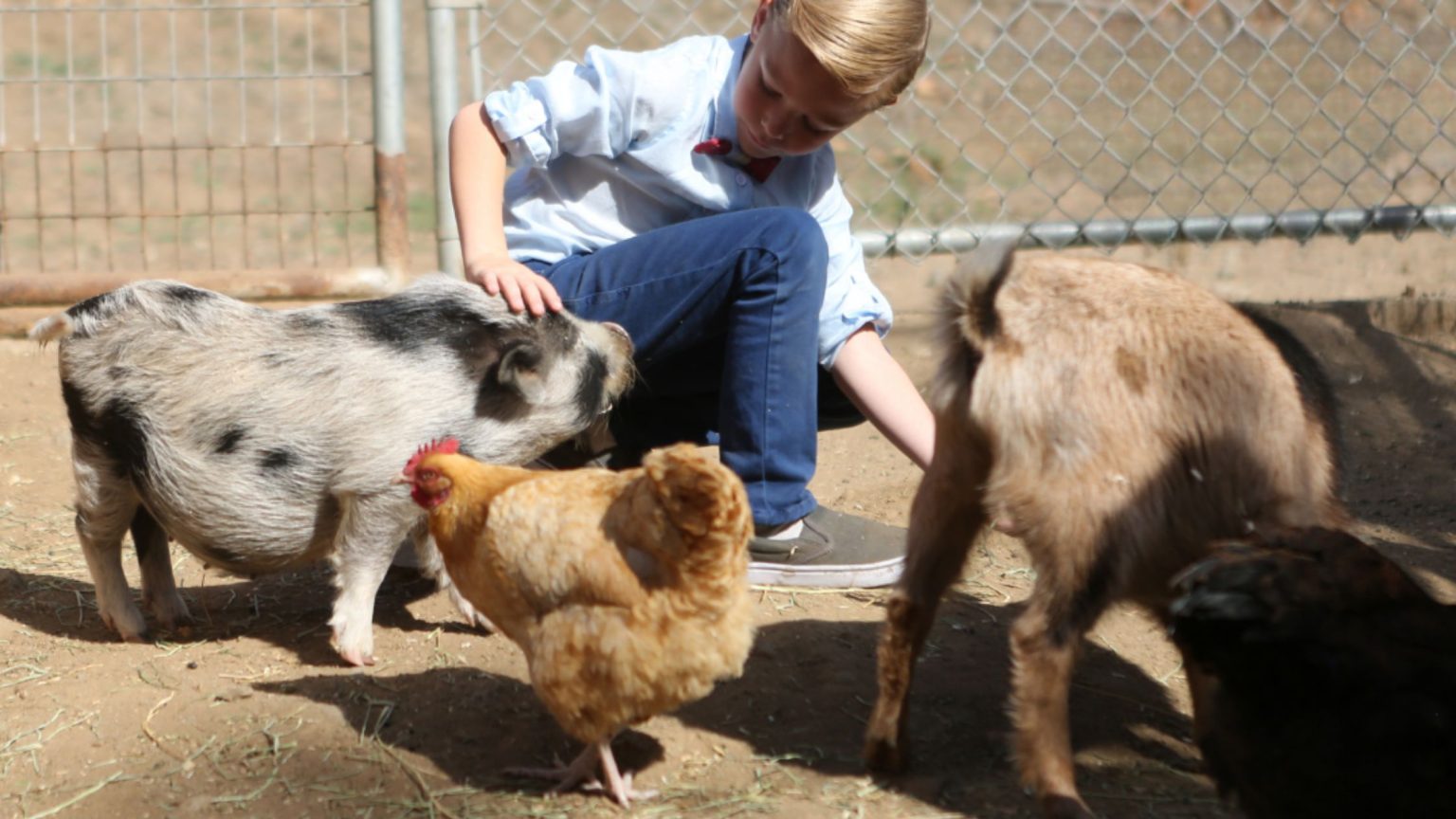Introduction: Why Raise Livestock on a Small Homestead?
Raising livestock on a small homestead offers a wealth of rewards. Whether you’re aiming for self-sufficiency or simply want to connect with the land, raising animals can enhance your homestead in countless ways.
From producing fresh eggs, milk, and meat to reducing food waste by feeding scraps to your animals, livestock can turn a simple homestead into a thriving ecosystem.
Beyond the practical benefits, raising livestock allows you to form a deeper connection with the natural rhythms of life. It teaches patience, resilience, and the importance of sustainability.
By incorporating animals into your small-scale homestead, you are not only securing a steady supply of food and resources but also enriching your overall homesteading experience.
5 Top Livestock Choices for Beginning Homesteaders
When it comes to selecting livestock, there are several key factors to consider. Space is a primary concern—chickens and rabbits require significantly less space than goats or larger animals.
Climate is another important consideration, as some animals thrive in certain environments while others may struggle.
For beginners, small livestock like chickens, ducks and rabbits are often the best choices before adding larger animals like milking cows to your homestead. It’s always best to take a slow and steady approach to mastering the skills of raising livestock one at a time if possible.
Chickens
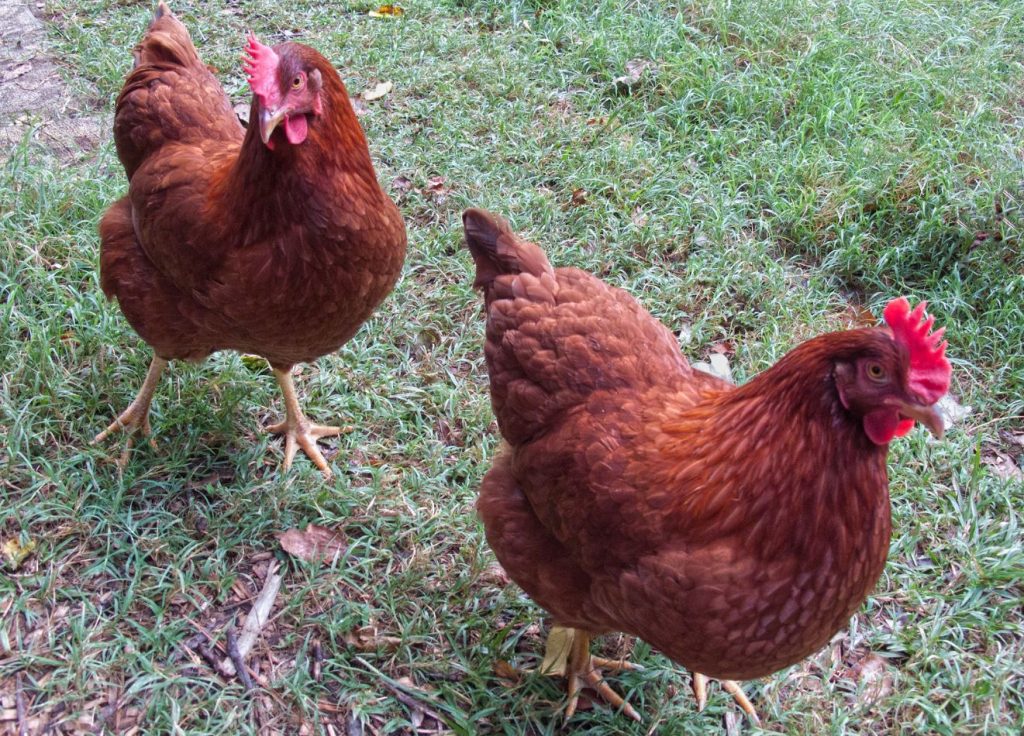
Chickens are a great entry point to discover the practical rewards and the joy of raising animals on your first homestead. They are low-maintenance and don’t require much space, making them ideal for small properties. They can be raised in a simple backyard chicken coop before building out more elaborate setups.
Chickens are natural pest controllers, helping reduce insects in your garden. Their manure is rich in nutrients, acting as an organic fertilizer for an added benefit to your homestead setup.
Their feed costs are relatively low, and they can often forage for food on their own. Chickens are also social and relatively easy to care for, with basic needs like food, water, and shelter. Chickens provide a steady supply of fresh eggs and, for those inclined, can be a source of meat as well.
The Rhode Island Red is a great first choice, as they typically produce 200 or more brown eggs per year, are adaptable to many climates and are more resistant to common chicken diseases. The following video from “Happy Chicken Coop” on YouTube gives additional details:
Ducks
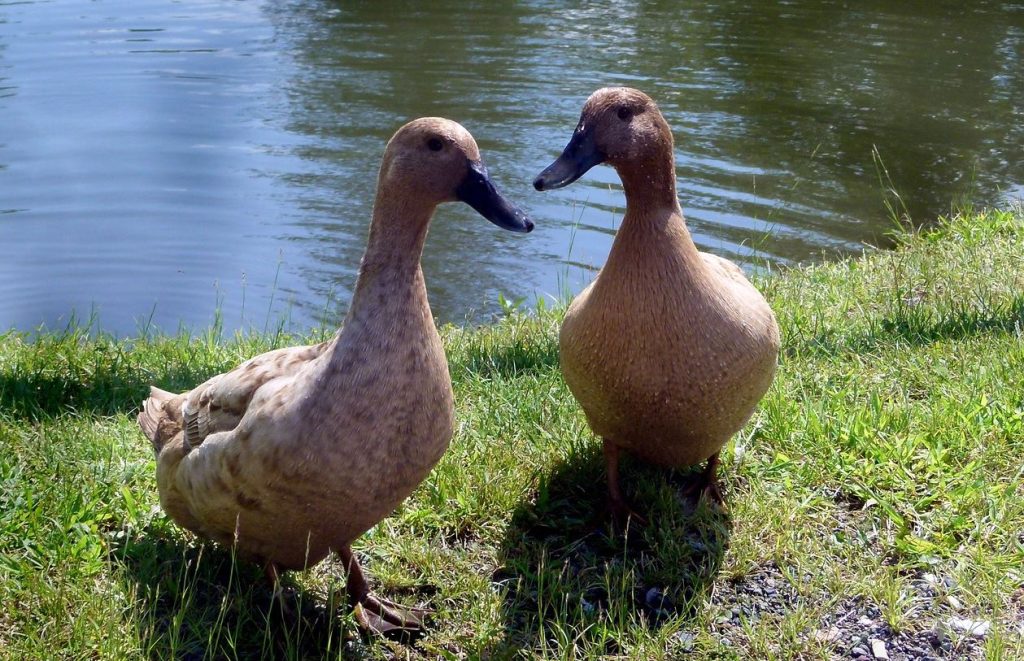
Ducks are hardy birds, low-maintenance, and can thrive in various climates. Like chickens, they don’t require a lot of space either.
Ducks provide a steady supply of fresh eggs, often outlaying chickens. The Khaki Campbell breed shown above is particularly prolific, producing up to 300 eggs per year!
They, too, are natural pest controllers, eating insects, slugs, and weeds to help maintain a healthy garden. Their foraging habits make them efficient at finding their own food, reducing feed costs.
Ducks are generally friendly and less noisy than chickens, and can live harmoniously with other animals. Their ability to adapt makes them ideal for first-time homesteaders looking for to expand their homestead flock.
Rabbits
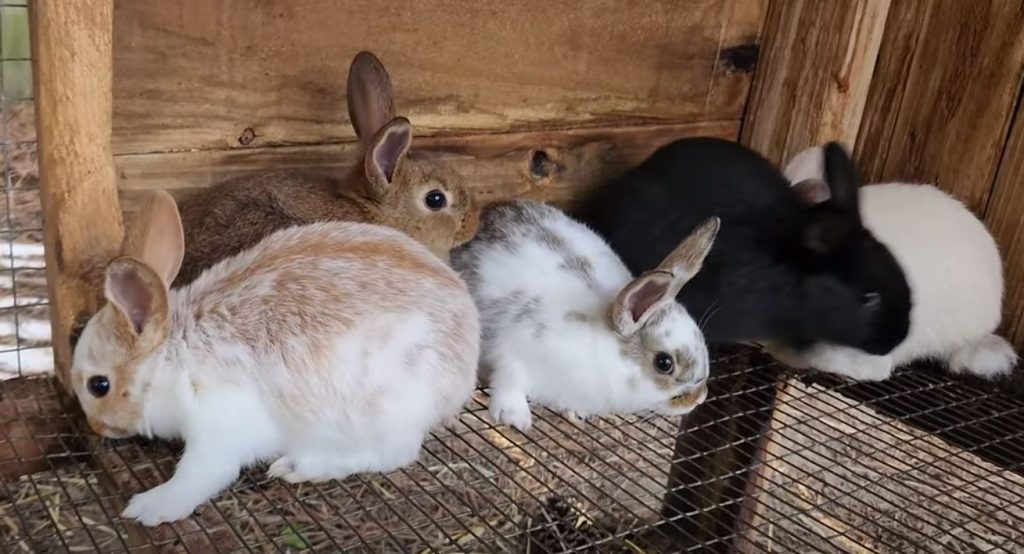
Low-maintenance, space-efficient, and easy to breed. They require minimal feed, housing, and care compared to larger livestock, making them perfect for small homesteads. Rabbit manure is highly valuable as a natural fertilizer, enhancing soil health. Above all, their quick reproduction rate provides a sustainable source of meat, fur, or even income through breeding.
Rabbits are also relatively quiet and can be raised in urban or suburban environments, making them versatile for a wide range of homesteaders and backyard farmers. Overall, they’re a practical, efficient, and rewarding livestock choice for beginners.
The New Zealand rabbit is a great first choice, known for their fast growth rate and large size (10lb or more), making excellent choices for meat production. They are also hardy, adaptable, and easy to care for, making them ideal for new homesteaders.
As you’ll see below, they have a calm temperament, which is helpful for beginners learning to handle livestock as well as those who are raising them to sell as pets. YouTube channel “Virginia Grace Living” gives you an inside look at life on their homestead with New Zealand rabbits.
Goats
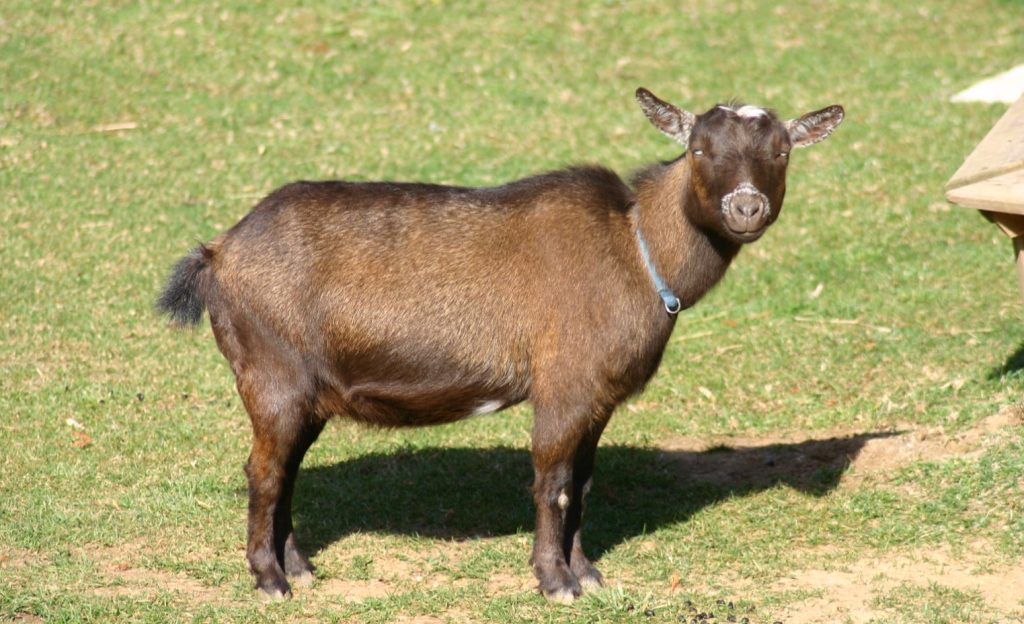
For those who are now ready to expand their homestead to include larger animals, goats are a logical next step due to their manageable size, adaptability, and versatility.
They provide milk, meat, and fiber, making them a multi-purpose livestock option. Goats are hardy and can thrive in various environments with minimal care. Goats are also natural foragers, helping clear brush and weeds, which improves land health and can become your low-cost maintenance crew!
For beginning homesteaders, Nigerian Dwarf goats are a great way to begin. They are small, easy to handle and are great companions due to their playful nature, making them a safe way to introduce children to the homestead lifestyle.
Nigerian Dwarfs produce a surprisingly high amount of rich, creamy milk for their size, making them ideal for families interested in dairy products. They’re also adaptable to different environments and quite resilient to common diseases.
Overall, goats offer high rewards with relatively low maintenance, making them ideal for those starting their homestead journey.
Pigs
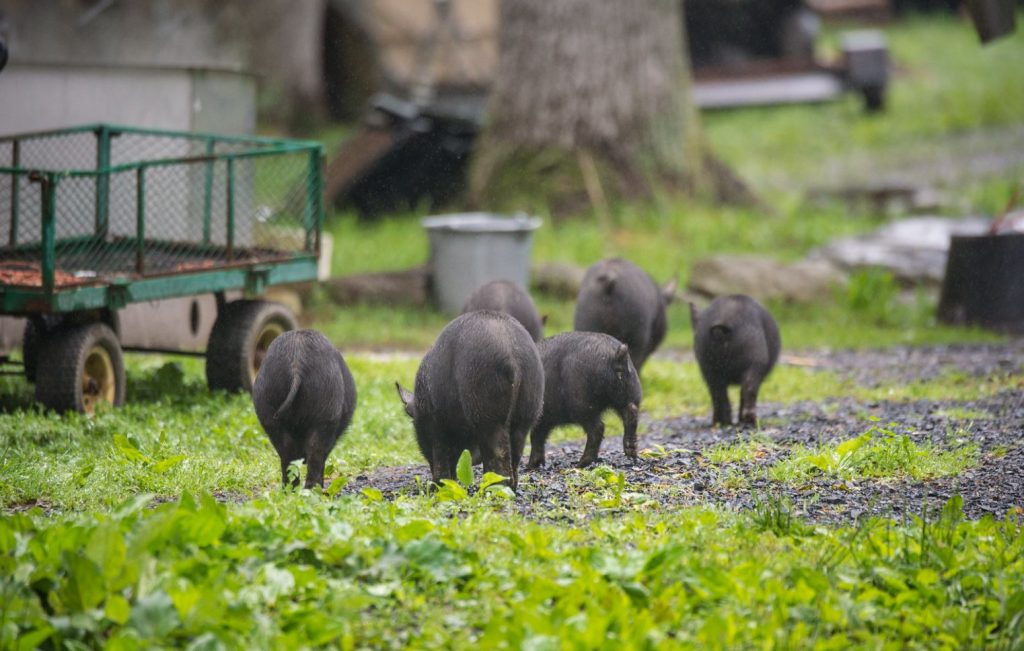
It might be a cliché to say that pigs will eat anything but … they’ll eat anything! They thrive on various food sources, including scraps, so they can be immensely helpful to reduce overall waste on your homestead. Pigs are also efficient at clearing land, tilling soil, and even fertilizing it, making them great helpers in garden prep.
Pigs are fast growers, providing a quick meat source, with breeds like heritage pigs known for flavorful pork. Pork, especially bacon, has seen a tremendous increase in price over the last several decades and now sits near $7 per pound, so pigs are a great way to lock in a lower price now.
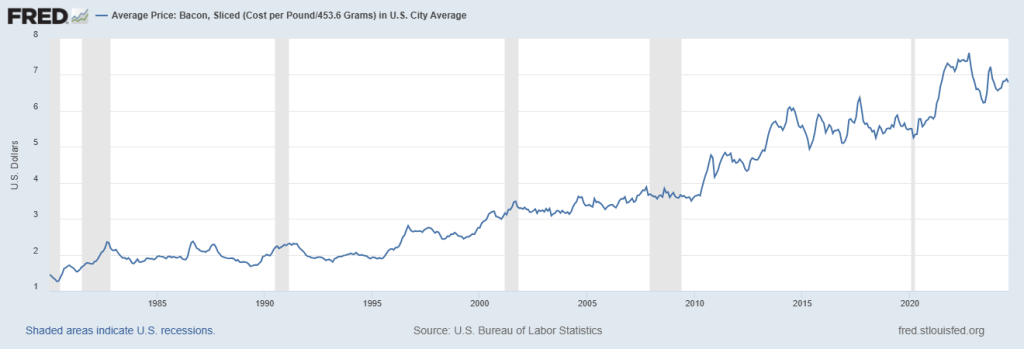
Pigs are generally hardy and adaptable, requiring only basic shelter and care. Plus, they’re friendly, curious animals, making them enjoyable companions for new homesteaders and kids learning the ropes of livestock care.
The American Guinea Hog is one of the best pig breeds for beginning homesteaders. They are small, easy to manage, and they thrive on pasture and foraging, meaning they can be sustained with minimal feed, reducing costs.
American Guinea Hogs also produce excellent-quality pork and lard, making them a practical choice for meat and fat production. Their hardiness and adaptability to various climates make them a low-maintenance option for first-time homesteaders.
Creating a Shelter: Building Affordable and Functional Animal Housing
Providing your animals with a safe and functional shelter is essential. While some homesteaders choose to build DIY coops, pens, and barns, others may opt for pre-built options. Either way, a good shelter should offer ventilation, protection from the elements, and enough space for animals to move comfortably.
Here is a great quick tutorial on how to put together a basic DIY pole barn. This one is designed primarily for chickens, but it easily can be expanded and tailored to house your other livestock. Homesteader Mike Kincaid has amassed nearly 8 million views on YouTube for this amazingly cheap and efficient solution.
Ventilation is key for maintaining a healthy environment, especially for animals like chickens and goats, which can suffer from respiratory issues in poorly ventilated spaces.
Additionally, protection from predators—ranging from foxes to hawks—is crucial. Sturdy fencing, secure latches, and elevated coops can help keep your animals safe.
Regardless of your setup, ensure that the shelter is practical, easy to clean, and offers ample protection.
Feeding Your Livestock: Nutrition and Foraging on a Small Homestead
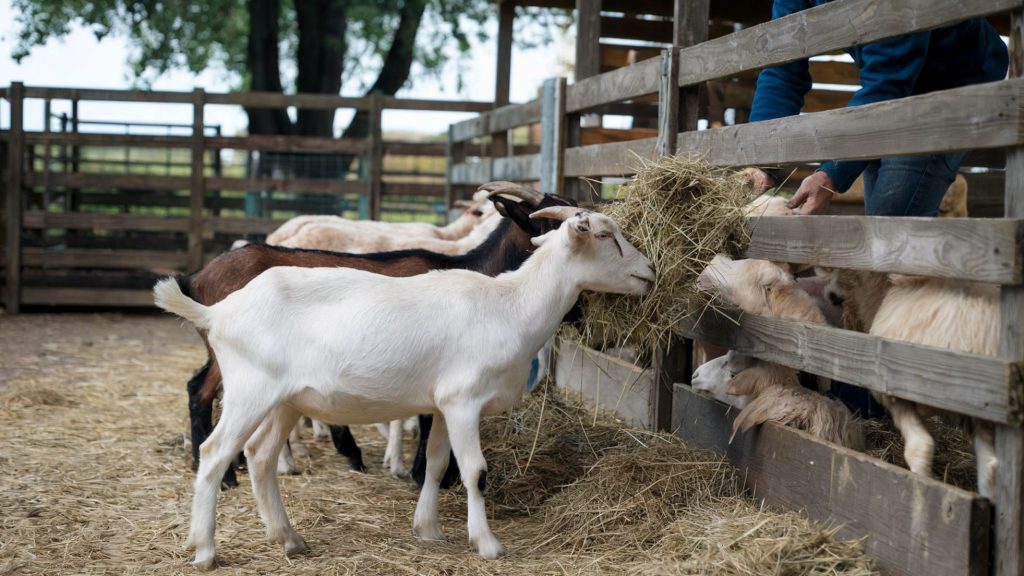
Each animal on your homestead has specific nutritional needs. Chickens require a mix of grains, seeds, and protein to produce eggs, while goats need a diet rich in hay, grass, and browse. Understanding these needs is key to maintaining healthy and productive animals.
One way to reduce feed costs is by growing your own hay and grains or rotating your animals through pastures for natural foraging.
Supplementing their diet with kitchen scraps—such as vegetable peelings or fruit cores—can also be a cost-effective way to provide extra nutrients.
Ensure you understand what foods are safe for your animals, as some scraps can be harmful.
Watering Systems: Ensuring a Reliable Water Source for Your Animals
Access to clean, fresh water is vital for your livestock’s health.
For those on a budget, setting up automatic watering systems can save time and effort. These systems range from simple gravity-fed solutions to more sophisticated setups powered by solar energy.
One efficient method of conserving water is through rainwater harvesting. You can create a rainwater collection system by using barrels or larger tanks to capture and store rain for use during drier periods.
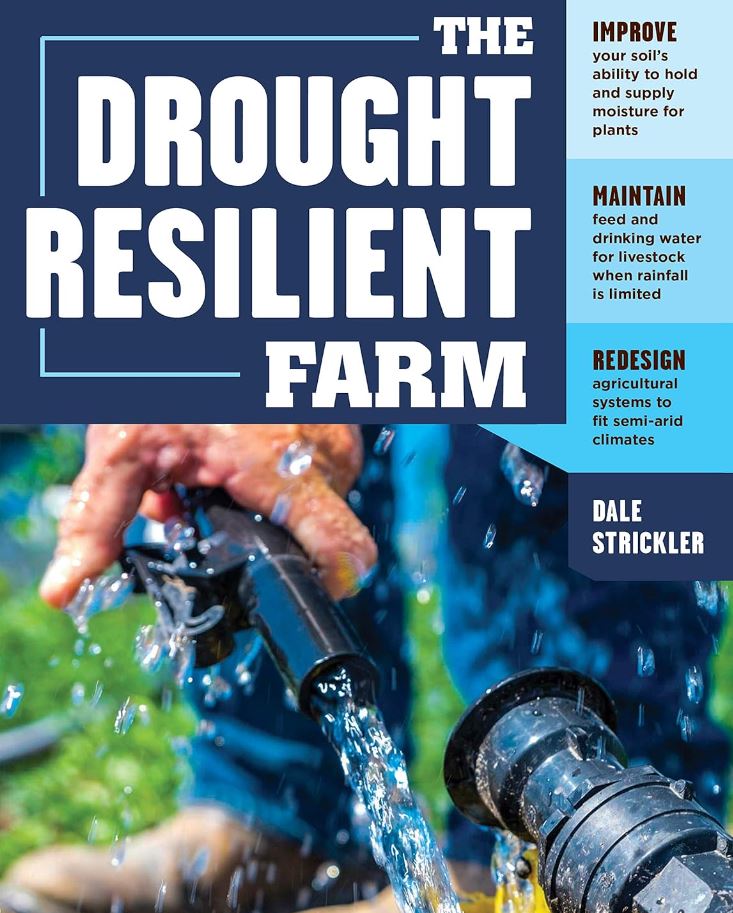
This must-read book for beginning homesteaders offers hundreds of solutions to help you become drought resilient on your homestead.
4.8 star average review!
With careful planning, you can ensure that your livestock always has a reliable source of water, even when natural sources are limited.
Caring for Your Livestock: Daily Routines and Responsibilities
The day-to-day care of your livestock is a commitment, but one that becomes easier with a consistent routine. This involves feeding, watering, and checking your animals for any signs of illness or injury.
Cleanliness is also important—regularly cleaning shelters and bedding prevents disease and keeps your animals comfortable.
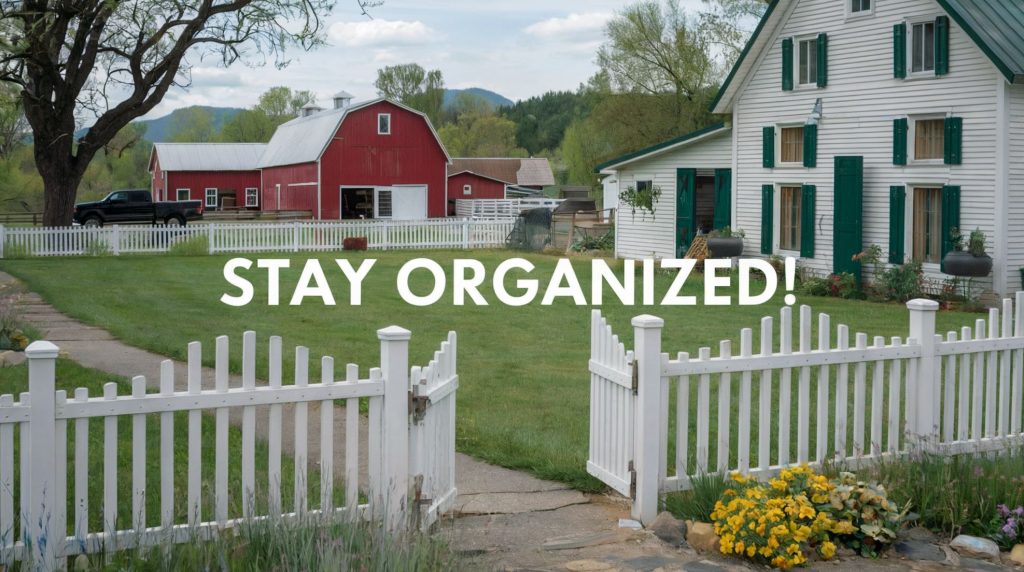
Health care for livestock includes vaccinations, deworming, and monitoring for common health issues such as parasites or infections. Early detection is key to keeping your animals healthy and productive.
Keep a simple log of feeding schedules, health checks, and treatments to stay organized.
Managing Manure: Turning Animal Waste into a Homestead Resource
Manure doesn’t have to be a byproduct you dread. In fact, it can be one of the most valuable resources on your homestead. Composting manure creates nutrient-rich soil for your garden, enhancing the fertility of your crops. Animal bedding mixed with manure also makes an excellent compost ingredient, providing a balanced mix of carbon and nitrogen.
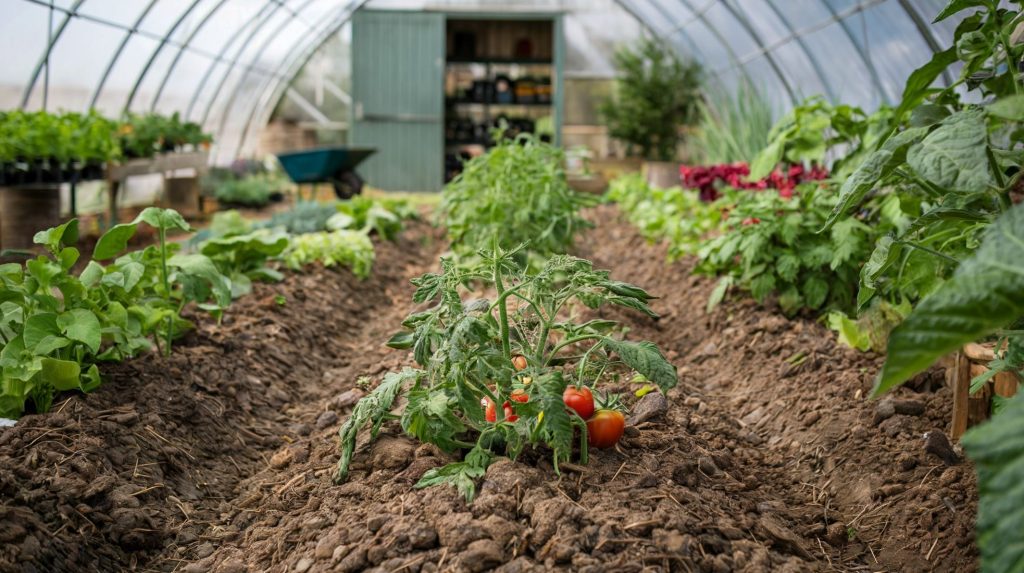
Proper manure management is important for safety and cleanliness. Store manure in a way that prevents runoff and contamination of water sources. When handled correctly, manure can become a cornerstone of your homestead’s sustainability efforts.
Breeding and Expanding Your Livestock
Breeding livestock is an exciting way to grow your herd or flock, but it requires careful planning. Not all animals need to be bred annually, so understanding the breeding cycles of your livestock is essential. Timing is crucial—knowing when to breed and when to expect new arrivals will help you prepare for the added care.
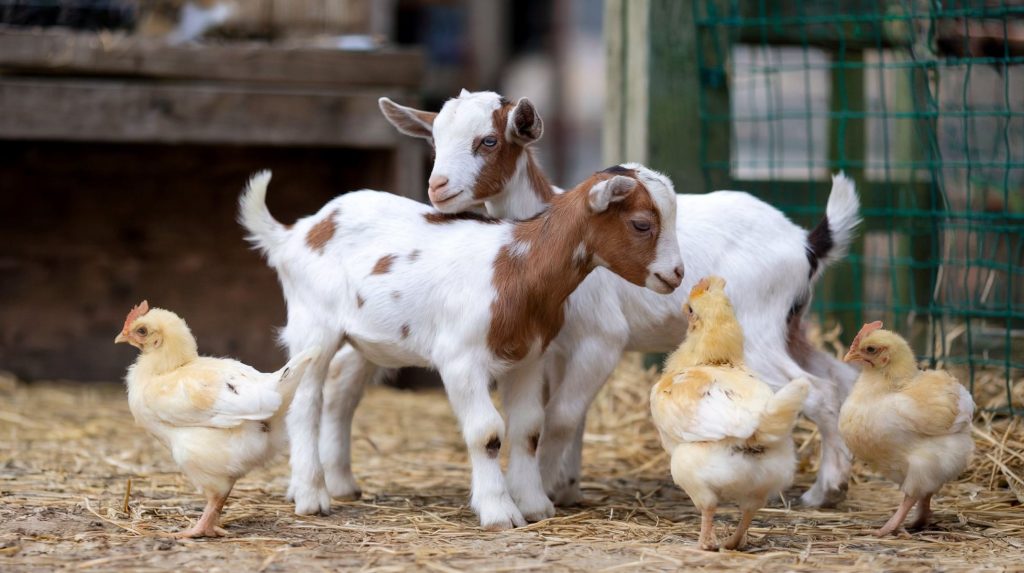
When raising young animals, ensure they receive proper nutrition and a clean environment to thrive. Keeping detailed records of breeding cycles and individual animal histories will help you manage your livestock efficiently and identify which animals contribute best to your homestead.
Harvesting and Storing Livestock Products: Eggs, Milk, Meat, and More
Raising livestock offers a steady stream of valuable products. Collecting fresh eggs, milking goats, or processing meat are key benefits of livestock ownership. Learning how to store these products properly—whether through refrigeration, curing, or fermentation—ensures they last longer and remain safe to consume.

Beyond the basics, livestock also provides byproducts such as wool from sheep and manure for compost. These can be used on the homestead or sold for additional income, making your small homestead more sustainable and self-sufficient.
Conclusion: Enjoying the Rewards of Raising Livestock
Raising livestock on a small homestead is both challenging and deeply rewarding. It offers the chance to cultivate independence, provide for your family, and create a sustainable way of life.
Whether you’re collecting fresh eggs each morning or learning the art of animal husbandry, livestock can bring joy and purpose to your homesteading journey.
Start small, learn as you go, and gradually expand your homestead at a comfortable pace. Even a backyard homestead can set you on a path toward a self-sufficient future!

You don’t need a ton of space to get started with your homesteading journey.
This book offers 40 projects on nearly every aspect of self-sufficient living: building coops and pens, aquaponics and energy production.
See Our Latest Posts
- Simple Recipes for DIY Herbal Salves and Balms
- Delicious One-Pot Homestead Meals from Pantry Staples
- 5 Best Meat Dehydrators for DIY Jerky on Amazon (2025)
- Urban Homestead Hacks from Backyard to Balcony
- Creative Strategies for Frugal Homesteading
Write A Guest Post For Us!
Are you passionate about gardening, raising livestock or preserving food? We’re excited to announce that we’re now accepting guest posts for all aspects of homesteading!

